The Smart Connector first appeared in September 2015, in the iPad Pro, but later moved to other series, i.e. iPad Air 3rd generation and iPad 7th generation. Only the iPad mini lacks this connector. Now, however, Apple may be planning a small evolution here, as he already hinted at WWDC 22.
The Smart Connector is actually 3 contacts with the support of magnets, which not only provides electrical power to the connected device, but also data transmission. So far, its primary use is mainly tied to iPad keyboards, where, unlike Bluetooth keyboards, you do not need to pair or turn on the Smart Keyboard Folio or Smart Keyboard Apple. However, Apple has also made the Smart Connector available to third-party hardware developers, and you can find a few models on the market that support this smart connector.
In November 2018, the Smart Connector was moved to the back of the new iPad Pro models (3rd generation 12,9-inch and 1st generation 11-inch), drawing criticism for the change in the use of this still relatively young standard. Apart from Logitech and Brydge, there weren't really any other major accessory manufacturers at the time who would flock to support the connector. This is because third-party companies complained about the high license price and waiting times for proprietary components.
New generation
According to the Japanese website MacOtakara, a new type of port should come this year, which has the ability to further expand the capabilities of iPads and devices connected to them. The three-pin connector should become two four-pin connectors, which will of course be able to control more complex accessories than just the keyboard. Unfortunately, this means that we will most likely lose the compatibility of existing keyboards with the newly introduced iPads, because they could get rid of the current Smart Connector at the expense of the newly prepared one. However, Apple will certainly introduce compatible keyboards along with the new product, but this will mean additional investment.
It could be interest you
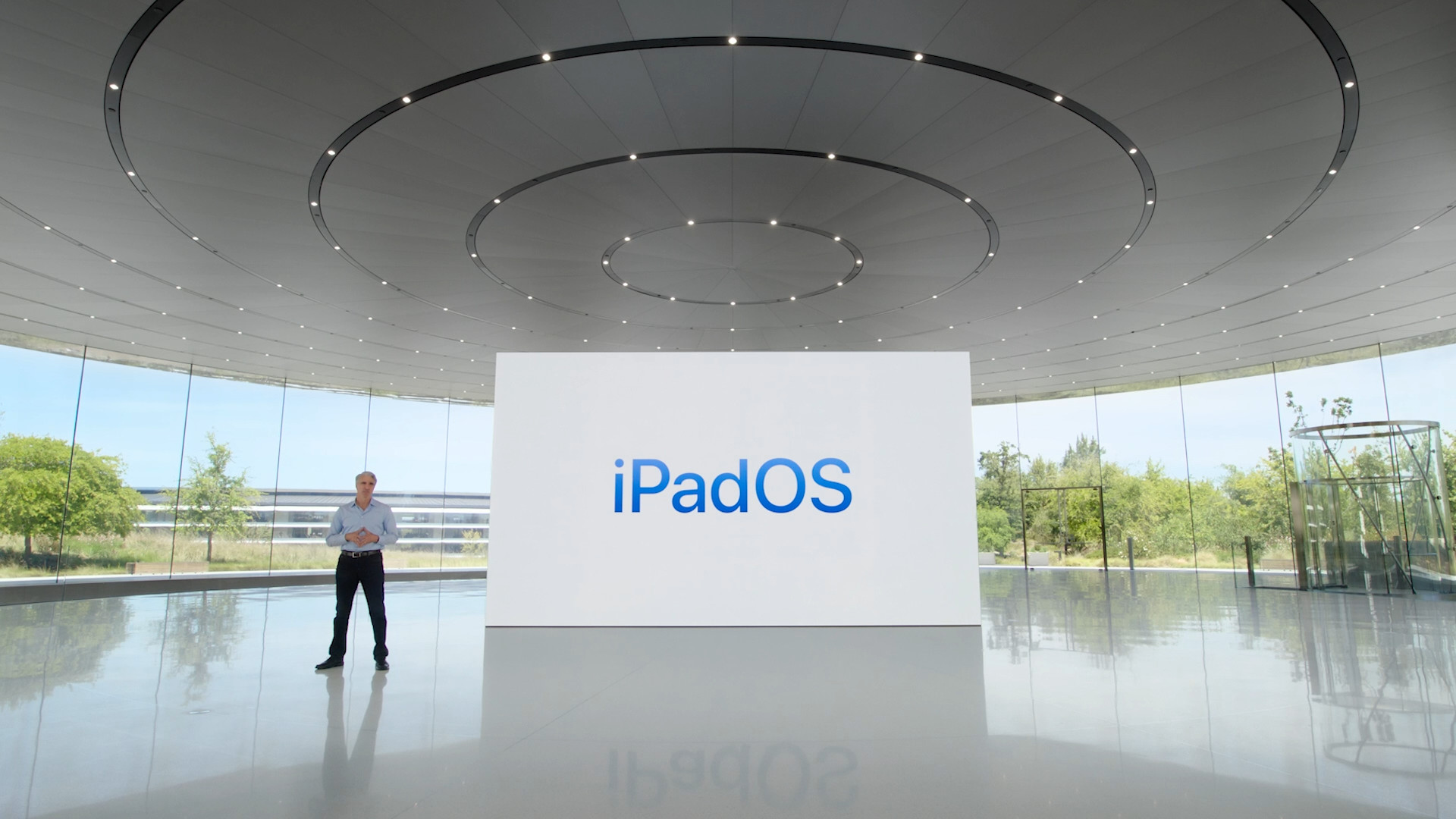
Using the connector itself is really easy because it is simple and intuitive. Its only drawback is its low usability. However, Apple promised wider support for third-party drivers at this year's WWDC. But the question is how comfortable playing on large iPads will be even with their support. In any case, the layout on two sides would mean the use of controllers similar to those from the Ninteda Switch, when even with the use of strong magnets it could really be an interesting solution. At the same time, it is possible to use the connector in connection with the new generation of HomePod. Already last year spoke, that it would be possible to "clip" the iPad to it. The HomePod could thus serve as a certain docking station and the iPad as a home multimedia center.
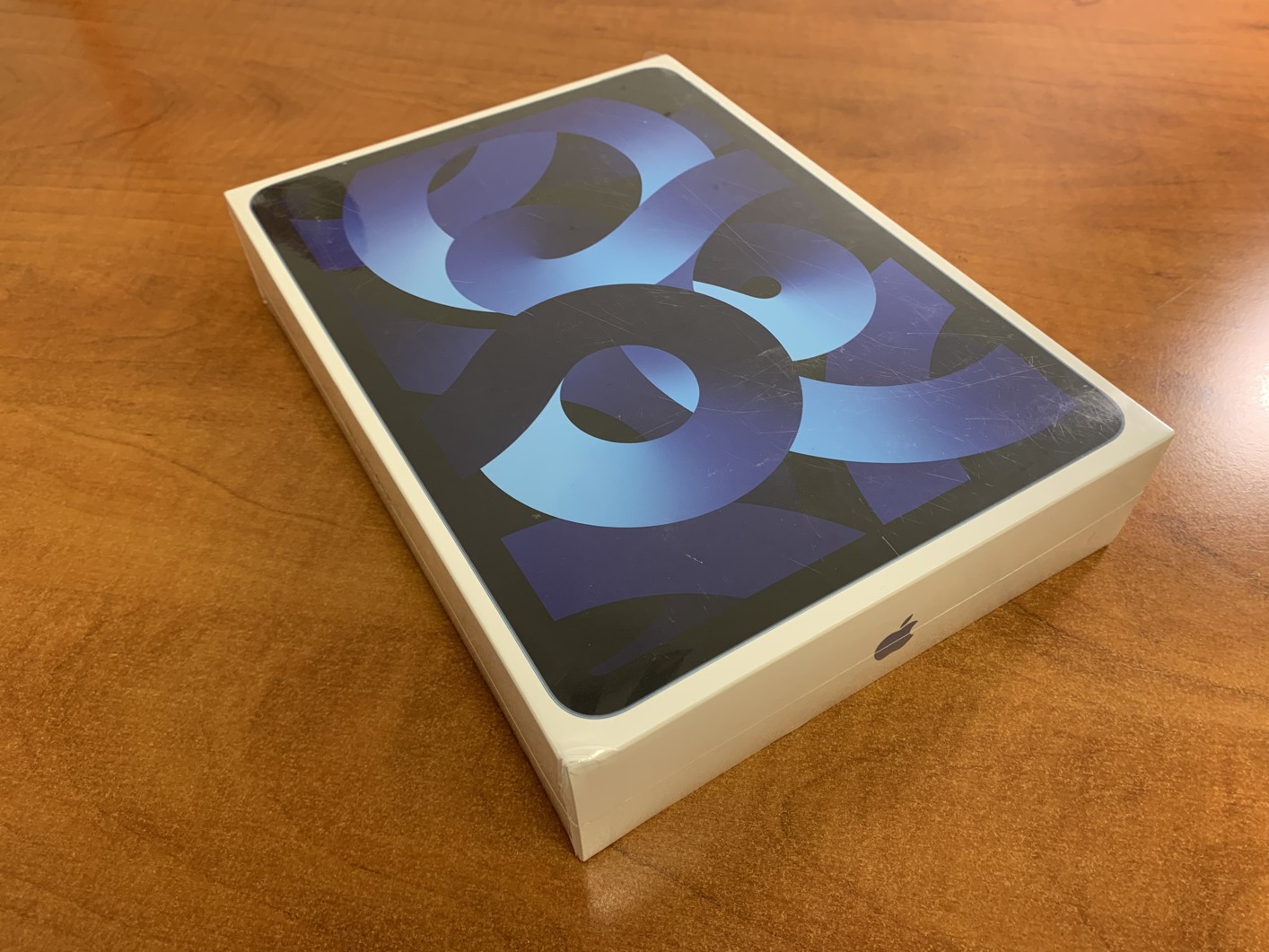

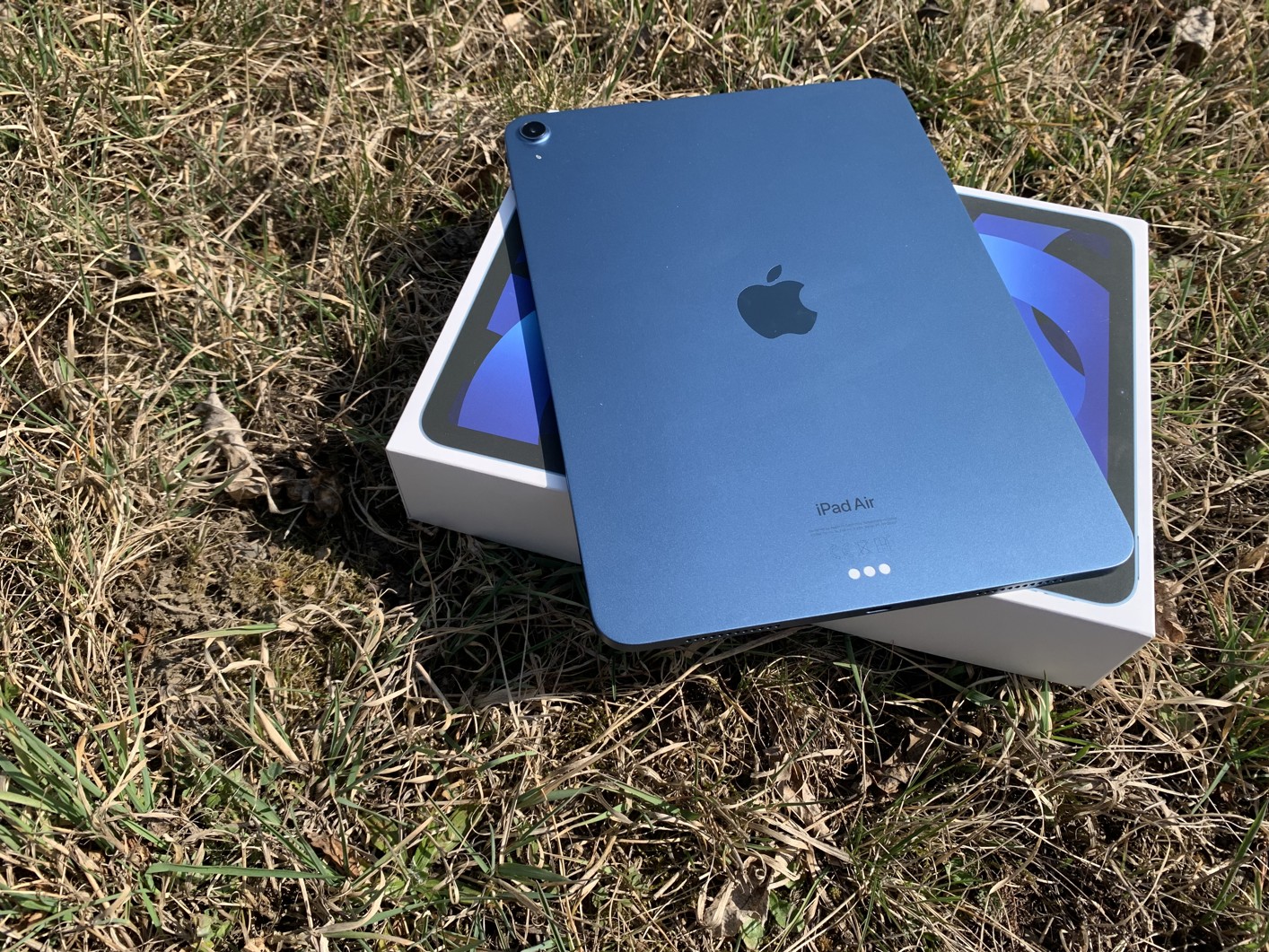
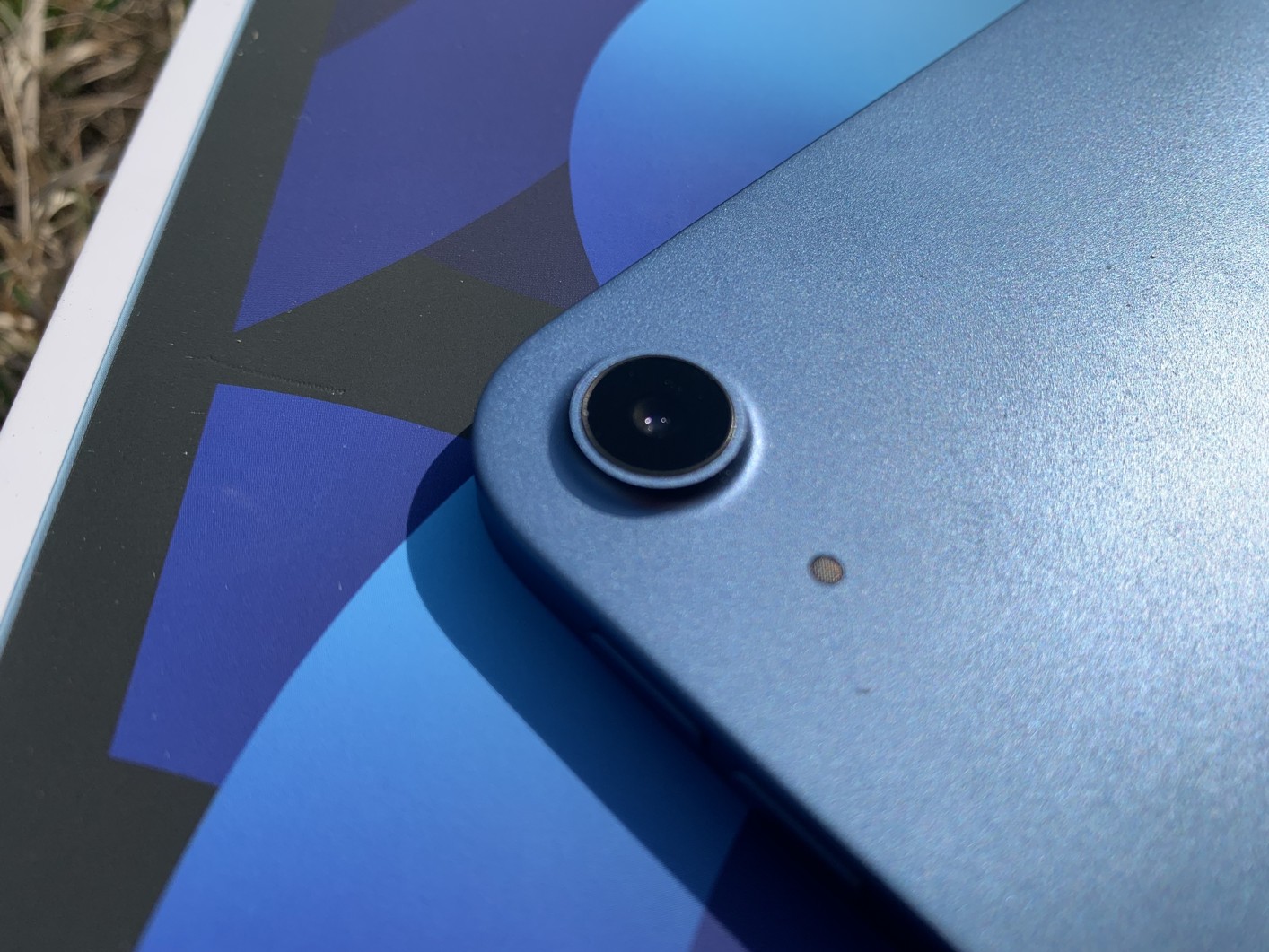
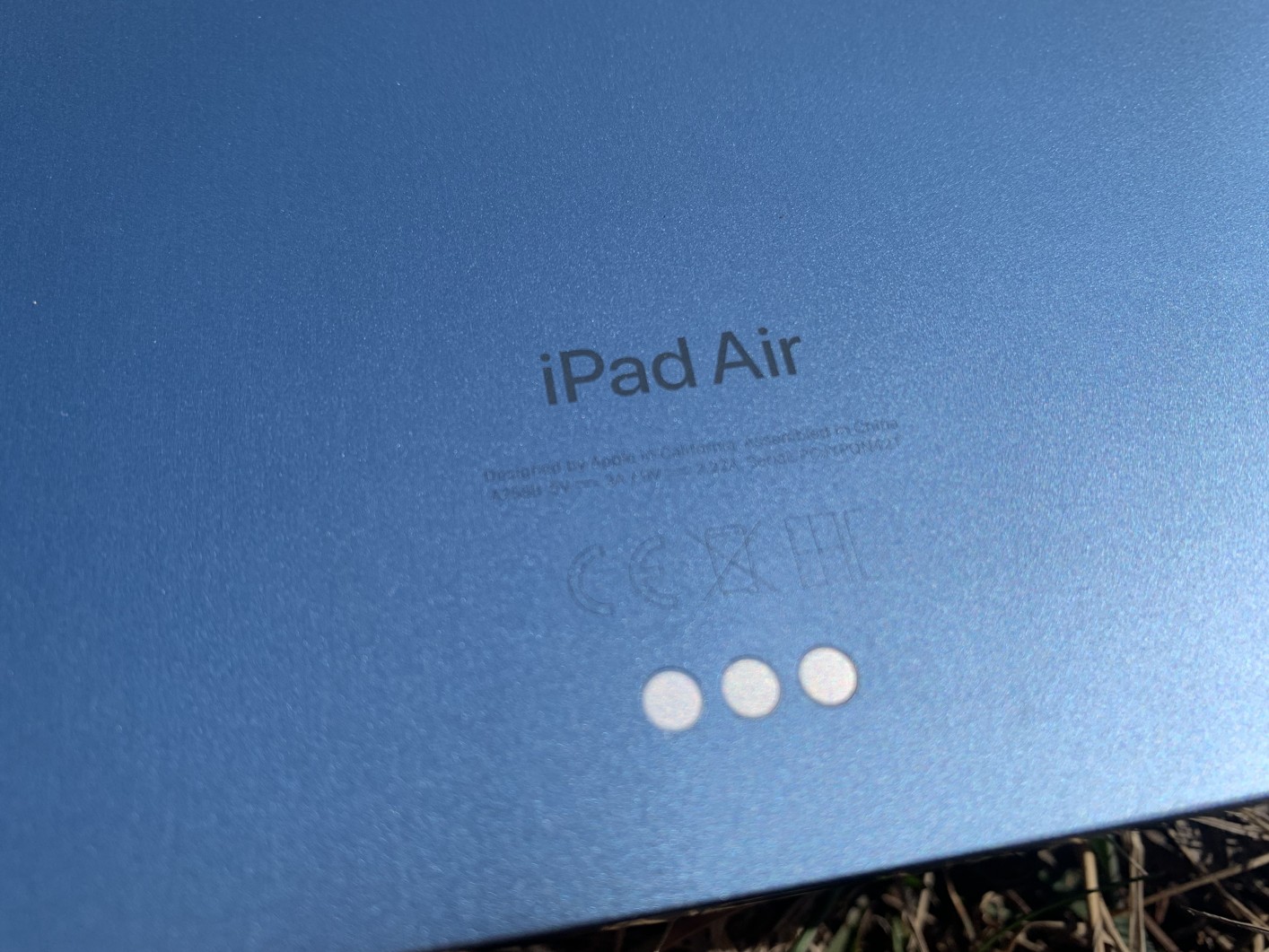
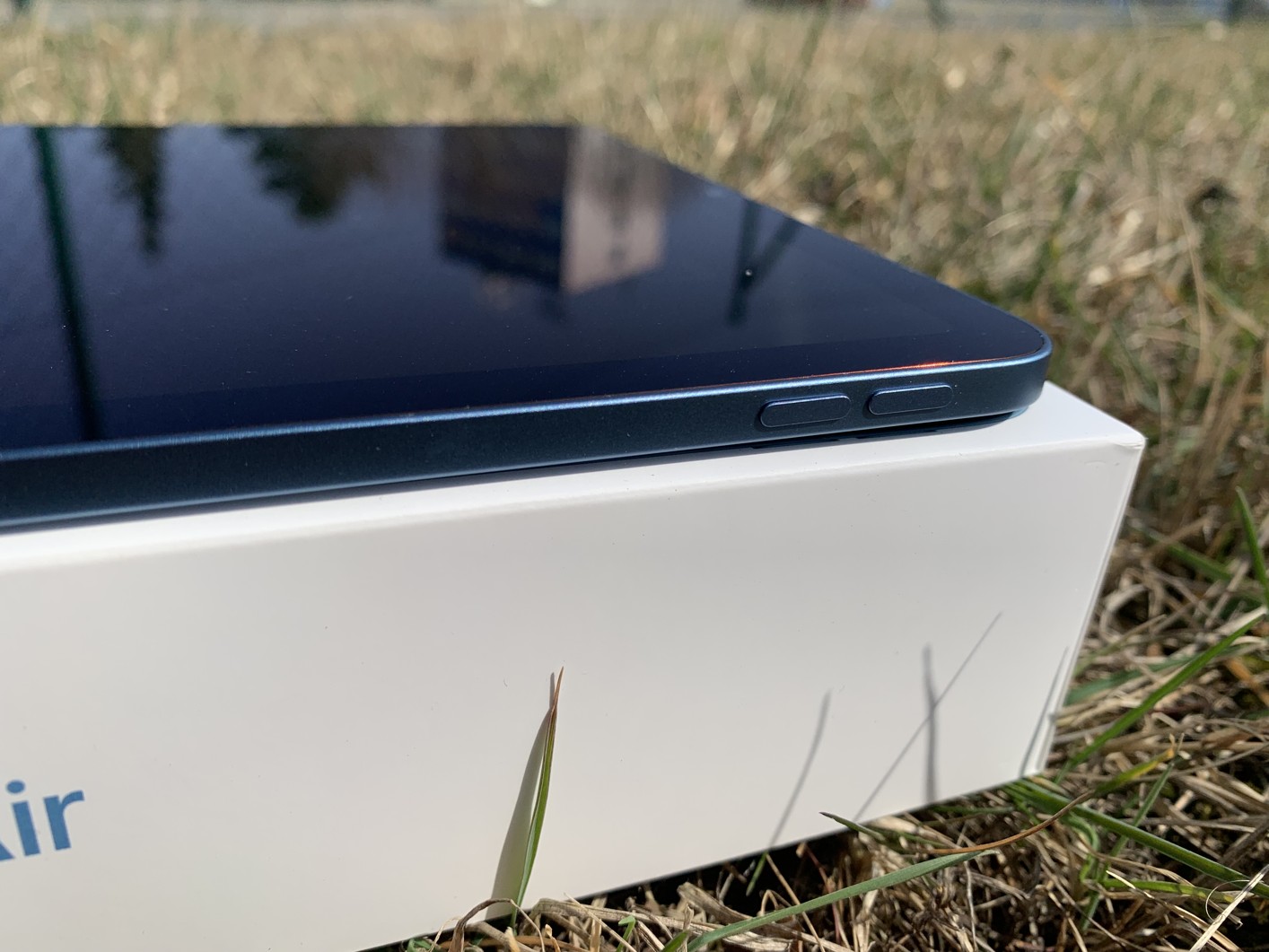
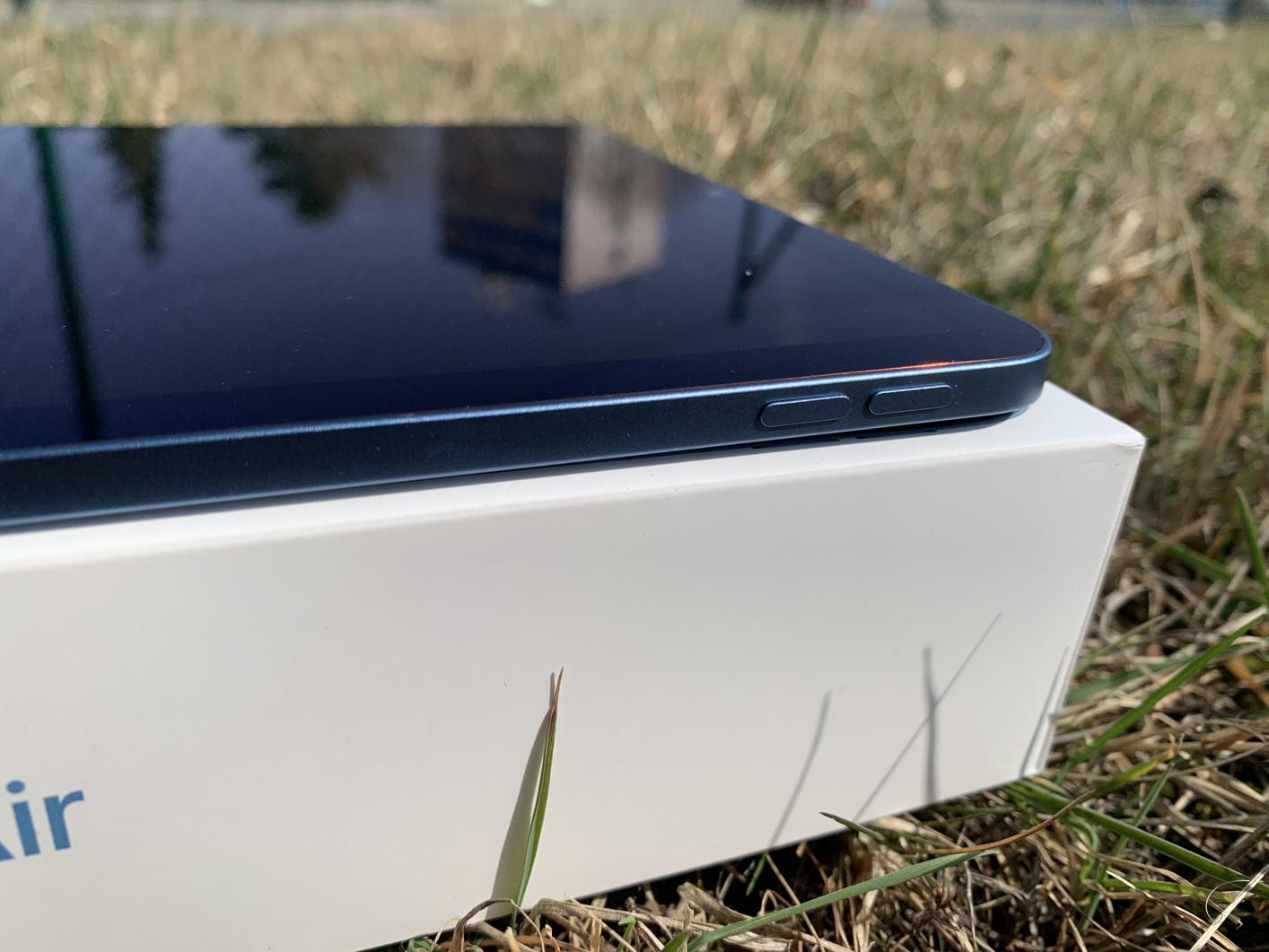
 Adam Kos
Adam Kos